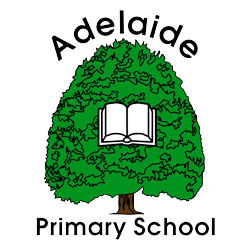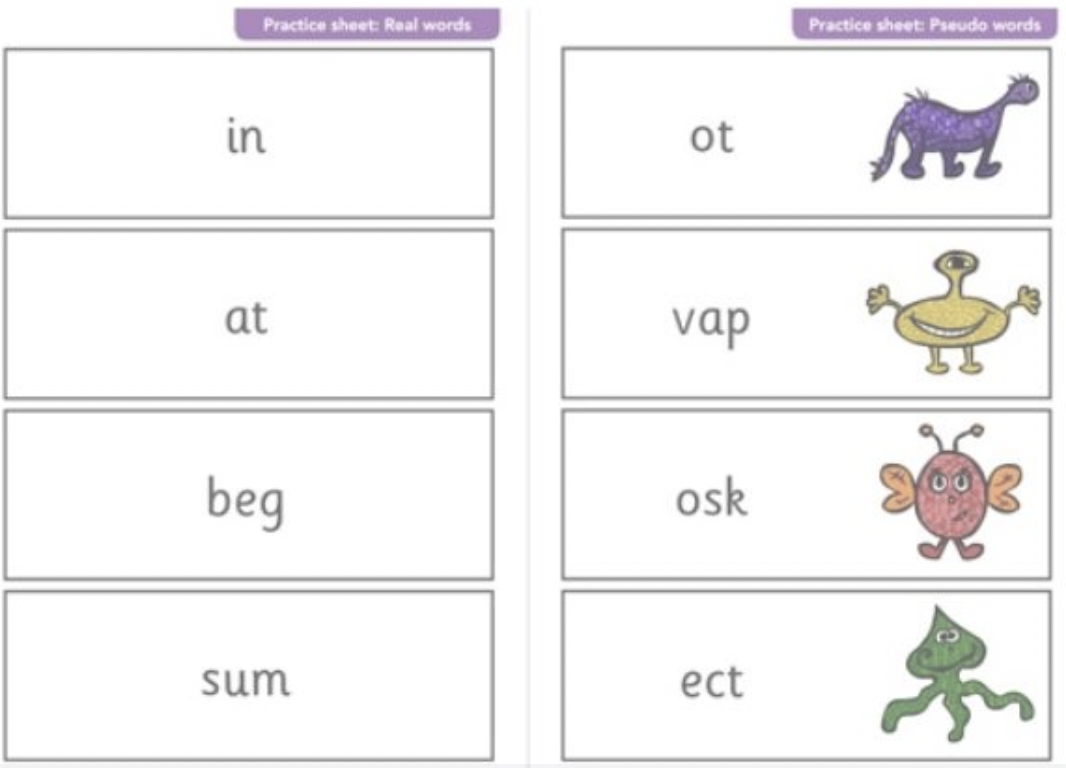Reading as a priority
At Adelaide Primary School, reading is a priority. We believe to be successful in life you must be able to read; it is a fundamental life skill. Therefore, we encourage our children to become resilient readers and confident communicators. Reading is prioritised to enable all children to access the curriculum.
Our consistent and rigorous approach to teaching early reading enables our children to master the key skills that research suggests is important early on. To do this, we follow the Read Write Inc. programme; this sets out a sequence of lessons that teaches children to read accurately and fluently with good comprehension. They also learn to form each letter, spell correctly and compose their ideas step-by-step.
How do we teach phonics at Adelaide?
Our children:
· Learn to read and write the 44 sounds and the corresponding letter/letter groups using simple prompts.
· Learn to read words using sound blending (Fred talk) e.g. c-a-t = cat, sh-o-p = shop.
· Learn to write words by saying the sounds and graphemes (Fred fingers).
· Read and write ‘red words’ these are words that have less common spelling patterns.
· Read lively stories featuring words they have learnt to sound out.
· Show that they comprehend the stories by answering ‘Find It’ and ‘Prove It’.
· Answer questions
· Practise every activity orally.
· Take turns talking and listening to each other.
In order to teach children to develop their reading fluency and comprehension skills further, we believe it is vital that children experience high quality modelling from adults in school. They are given support where appropriate and the opportunity for independent practice of skills. As a class the areas of development are identified and focused intervention takes place during the lesson.
Across the academic year, all classes will cover the content domains as set out in the national curriculum. The aim of each session is to tackle questions in detail, with reference to explicit strategies for each area of focus.
The majority of children will access the same text, with support provided by the adults in the room. This text is age-appropriate, but could also be an example of cross-curricular reading (either fiction, non-fiction or poetry).
Read Write Inc progression:
First children learn to read:
- Set 1 Speed Sounds: these are sounds written with one letter:
- m a s d t I n p g o c k u b f e l h r j v and sounds written with two letters (your child will call these ‘special friends’): sh th ch qu ng nk
- Words containing these sounds, by sound-blending, e.g. m-a-t mat, g-o-t got, b-e-s-t best
- Blending Books and Red, Green and Purple Storybooks to practise these sounds
Next, children learn to read:
- Set 2 Speed Sounds: ay ee igh ow oo o oar or air ir ou oy
- Words containing these sounds
- Pink, Orange and Yellow Storybooks to practise these sounds
Finally, children learn to read:
- Set 3 Speed Sounds: ea a-e i-e o-e u-e aw are ur er ow ai oa ew ire ear ure
- Words containing these sounds
- Blue and Grey Storybooks to practise these sounds
How can you help at home?
Please support your child at home by listening to them read their book every night and signing their Reading Record book. We also send home popular children’s picture books for you to read aloud to your child.
You can watch this video to see how the sounds made by the letters are pronounced in English.
What is the Government’s phonics screening check?
All children in Year 1 are required by the government to take the Phonics Screening Check, usually at the start of June. Each child will sit with a teacher they know and be asked to read 40 words aloud. Some of the words they may have read before, and some words will be completely new to them. The test normally takes a few minutes to complete and there is no time limit. The 40 words in the test will be made up of real words and non-words. The test is carefully designed not to be stressful for your child.
For a sample test click here.
What are non-words?
Non-words or pseudo words are nonsense words made up of letter sounds. For example: ‘vam’ or ‘jound’.
These words are included in the screening test so they are unfamiliar to the child and therefore test their ability to decode words using phonics.


